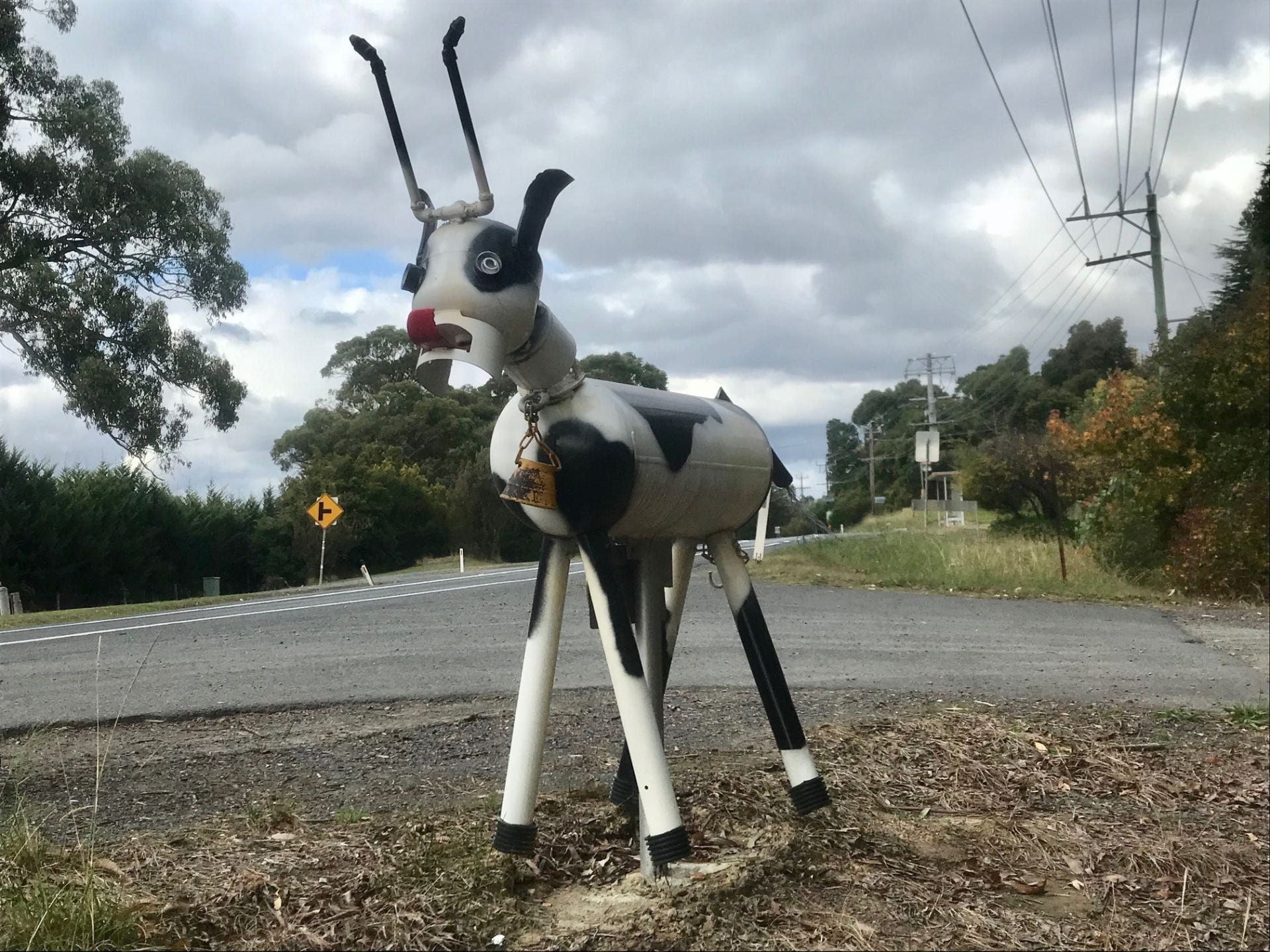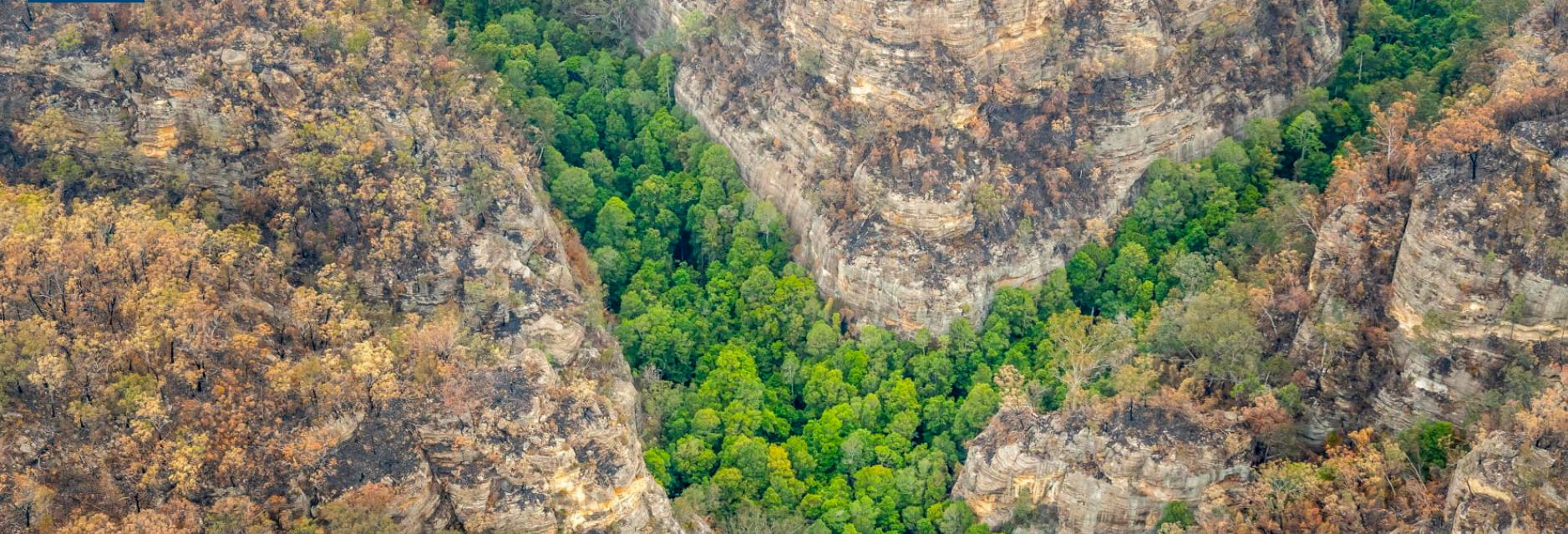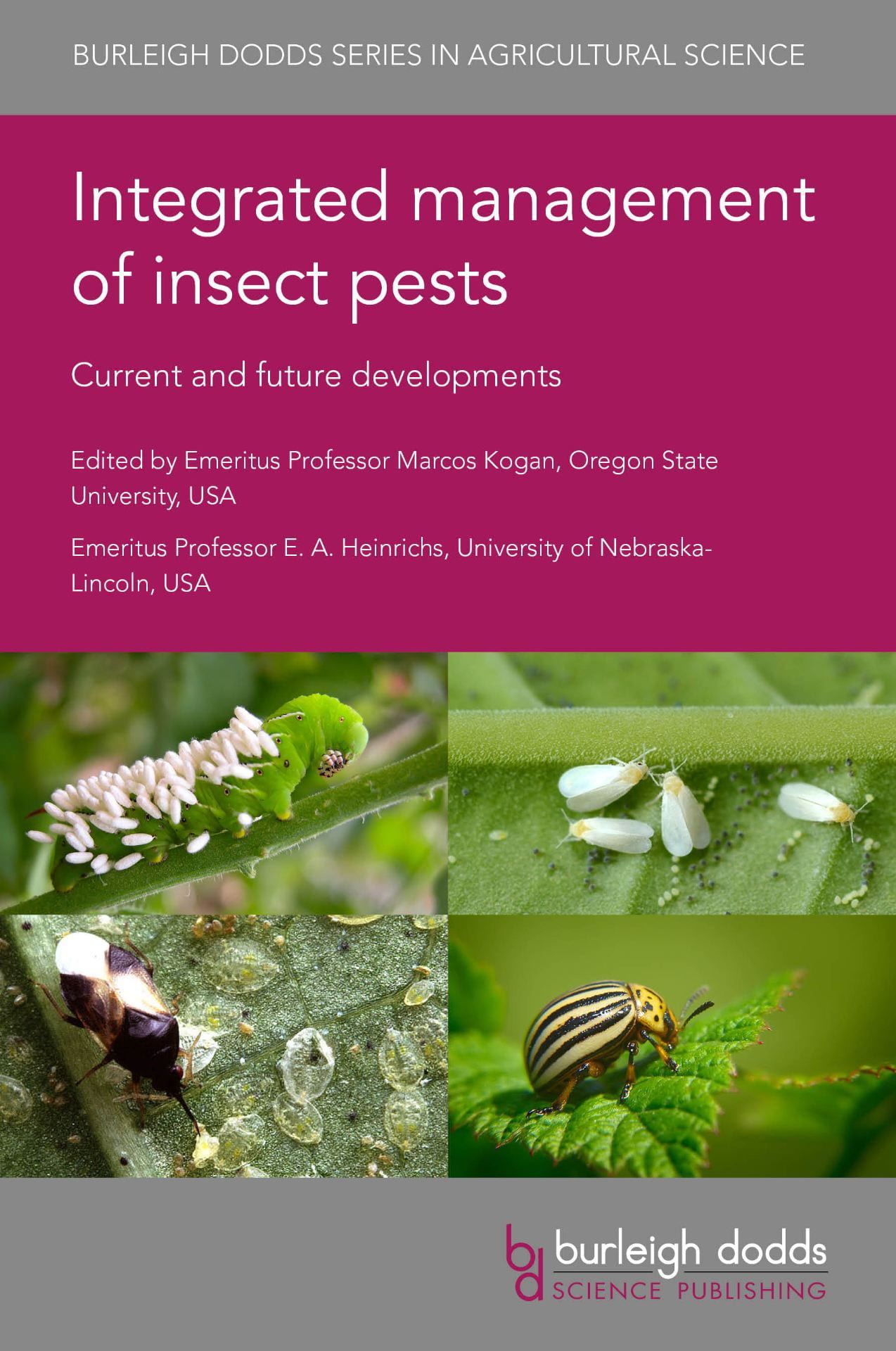Moshe Jasper: Humans of BioSciences
Meet Moshe Jasper, Research Assistant in PEARG. Moshe shares what inspired him to become a scientist and what he wishes he had known when he was an undergraduate student. What is it like to work in PEARG ? The Pest & Environmental Adaptation Research Group undertakes research on adaptation of organisms (particularly invertebrates) to environmental […]
What can cattle teach us about evolution?
Ary Hoffmann Charles Darwin in his On the Origin of Species used data from domestic animals to argue for the power of natural selection in changing phenotypes. These included examples from birds and dogs as well as livestock. The latter having been selected across many years to increase productive yields such as milk and meat. […]
Looking for a funded PhD or MPhil scholarship?
The Australian Grains Pest Innovation Program (AGPIP) is offering 4 fully funded scholarships at the University of Melbourne for potential PhD or MPhil students interested in cutting-edge science, environmental sustainability and agricultural innovation. AGPIP is a collaboration between the PEARG and cesar. The program is aimed at improving the sustainability of invertebrate pest management practices […]
How do we protect our unique biodiversity from megafires?
This article was first published on Pursuit. Read the original article. Authors: Dr James Camac, Nicholas Bell and Professor Ary Hoffmann This summer’s devastating Australian fires and their continuing impact on biodiversity serve as a stark reminder of the challenges in nature conservation as we head into an increasingly volatile future driven by climate change. […]
New publication: Ecological impacts of pesticides and their mitigation within IPM systems
Pest control is recognised as an important part of crop production. Against a background of increasing concern for chemical impacts on the environment, Integrated Pest Management programs have been developed where chemical application and natural enemy enhancement work together to maintain productivity with reduced environmental impact. Such programs require good science, general theory and strong […]
Dengue-blocking bacteria endure the heat
“This article was first published on Pursuit. Read the original article.” Dr Perran Stott-Ross and Professor Ary Hoffmann Bushfires. Coral bleaching. Heatwaves. These disastrous events are a harsh reality in Australia. And they’re only going to become more frequent and severe with climate change. Last year, 2019, was Australia’s hottest year ever recorded, and records […]
Wolbachia infections in Aedes aegypti: The ‘Bigfoot’ of endosymbionts
Words: Perran Ross Wolbachia are endosymbiotic bacteria found within the cells of many insects, from butterflies and bees to cockroaches and dung beetles. Wolbachia are so common because they often provide their insect hosts with an advantage, aiding their spread through populations. Whether an insect carries Wolbachia is an important question, especially if they’re a […]
With great power comes great responsibility…
Words: Samantha Ward Images: Words: Samantha Ward & Marianne Coquilleau Flying the flag for the PEARG lab! [Photo credit: Marianne Coquilleau] I am a scientist. A taxonomist, to be more specific. Taxonomy is the study of naming, defining, and categorising organisms. There’s a job for that?! Actually, we still have no idea how many species […]
Sampling by the sea – collecting mosquitoes in the Mornington Peninsula
Words and images: Véronique Paris It’s 7.30 Saturday morning – what are your plans for the day? While you may be still in bed contemplating a coffee, or still sound asleep, I’m packing the PEARG ute with a stack of small buckets, strips of red felt, some rabbit food, and a 20lt jerrycan of water. […]
Number of posts found: 124









